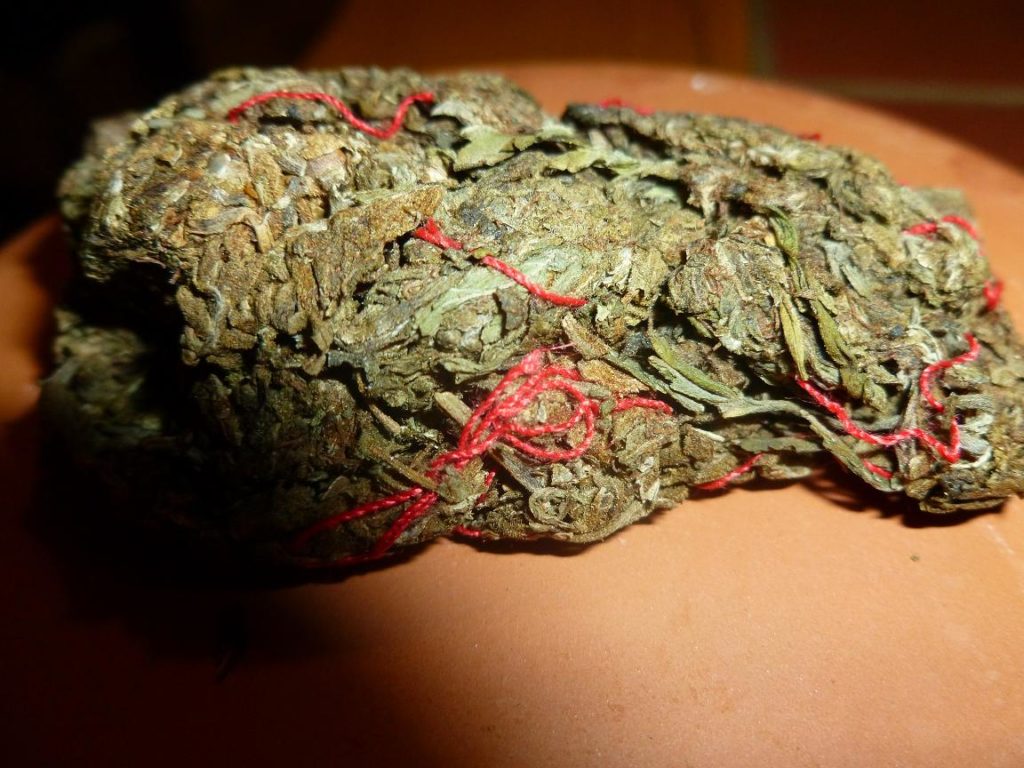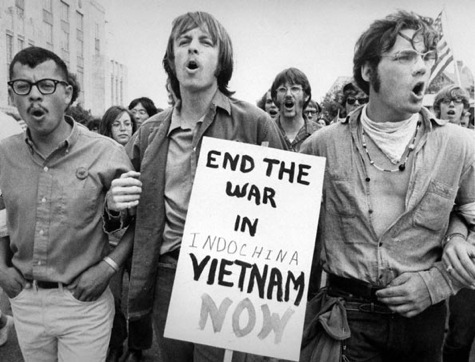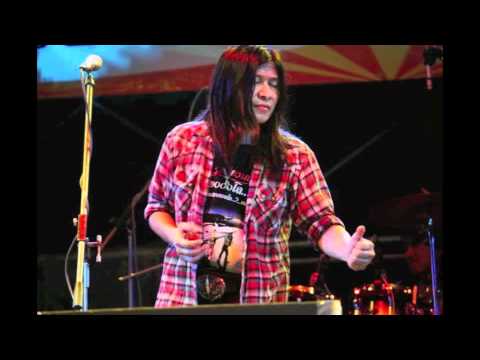
Thailand Thai cannabis is world-famous – Thai “sticks” arguably being the best-known of all exports, so-named for the tell-tale red thread which binds the buds together and has spawned so many imitations. In the 1970s and ’80s, Thai cannabis was a common sight for stoners throughout the world, although exports have since declined.
Law and international policy
Cannabis is prohibited in Thailand under the Narcotics Act of 1979, in which it is classed as a Category 5 narcotic. Producers, exporters and importers are liable for imprisonment of between two and fifteen years and/or a fine of 200,000 to 1.5 million Thai baht, as are those found in possession of over 10kg with intent to supply. Possession with intent to supply of 10kg or less may incur prison sentences of two to ten years and/or a fine of 40,000 to 200,000 baht. Simple possession is punishable by a maximum of five years imprisonment and/or a fine of up to 100,000 baht.
Police, prisons and bribes
Foreigners in Thailand are advised to exercise the utmost caution if attempting to buy or consume cannabis, locally known as ganja. The police force is notoriously corrupt, and horror stories of planted drugs, exorbitant bribes and harsh prison sentences abound. The death penalty is also fairly common for serious narcotics offences in Thailand, and numerous foreign nationals have been sentenced thus, although many such sentences are transmuted to life in prison or even repatriation (usually after intervention by the individual’s legal and diplomatic representatives).

However, the death penalty is reserved for Category I narcotics such as heroin, ecstasy, Yaba and Ice (the latter being two forms of methamphetamine that are hugely popular locally). Furthermore, the bribe culture that is so prevalent in Thailand can occasionally work in the favour of tourists who are genuinely found in possession of cannabis or any other illegal drug, as despite the inherent injustice, a bribe can equate to very little in most Western currencies and is usually far preferable to negotiating the harsh Thai legal system.
In the event that a cannabis possession charge leads to arrest, a fine of 5,000 baht (around $155) is levied by a judge subsequent to a court hearing, which will usually occur after several day’s imprisonment. However, at the judge’s discretion, prison sentences may be given. Bail (which may be as much as $20,000) can be posted if resources allow. For possession charges, it is not necessary to be in physical possession of an illegal narcotic: if police suspect consumption has occurred, they may subject arrested persons to compulsory drugs testing; if the test returns a positive result, a charge of possession is levied.
The cannabis trade in Thailand
Since eradication efforts began in the 1990s (as a result of international pressure led by the USA), causing much production to shift to the neighboring countries of Laos and Cambodia, the annual tonnage produced by Thailand is thought to have declined substantially. However, significant cannabis cultivation still occurs in the northeastern provinces, particularly Nakhon Phanom, Mukdahan, and Sakhon Nakhon. Cannabis is cultivated commercially in the Tachana and Pato Districts of Chumporn Province and in the Sichom District of Nakornsithamarat Province.
It is estimated that Thailand produced around 107 metric tons (MT) of cannabis in 1999, and that production has declined since then. It is very difficult to establish the current rate of cultivation in Thailand due to the paucity of reliable data; however, the UN Office of Drugs and Crime (UNODC) estimates that seizures totalled 19 MT in 2008, 18 MT in 2009 and 2010 and 13 MT in 2011. In 1995, on the other hand, seizures totalled 95 MT.
Landrace cannabis varieties in Thailand
Thai cannabis is well-known for its speedy, cerebral high, a result of its very high THC content and relatively low CBD/CBN. Thai landraces are exclusively sativa, and have some of the longest flowering times known in cannabis. Some Thai varieties take as much as twenty weeks to flower, due to the lack of temperature and light variation between seasons, a phenomenon that often affects photoperiodism in cannabis in equatorial regions.
Thai cannabis plants can grow to incredible size, and often begin to trail along the ground as the weight of the buds becomes too great for the branches to support. In fact, some varieties may even begin to exhibit root sites along the parts of the branches that remain in contact with the ground—this proclivity has encouraged some breeders to experiment with true-breeding “vine” varieties, although with limited success.
Thai landraces are often very prone to hermaphroditism, a trait believed to be genetic rather than environmentally-induced (although some believe the extremely high temperatures in Thailand cause the phenomenon, it also occurs in cooler grow-rooms, so a genetic influence seems more likely).
Traditional Use
Cannabis has been part of the Thai pharmacopoeia for many centuries, and has also been used extensively in cooking—particularly in kway teeow rua or boat-noodle soup, in which it is a traditional ingredient—and as a source of recreational entertainment. As medicine, it is used to stimulate the appetite, as a sedative and to treat diarrhoea and dysentery. Cannabis is also used in massage oils, and is thought to have an astringent and soothing effect on the skin.
As well as in food and medicine, cannabis has long been used in the manufacture of ropes, clothing and other textiles—particularly by the Hmong people, a hill tribe found in the mountainous areas in the northern parts of the country. Currently, Thailand does actually export small quantities of hemp clothing, and is currently one of the world’s leading suppliers of hemp, which is indigenous in the northern parts of the country. The Thai cabinet officially approved cultivation of hemp in 2009, and since then the industry has been developing relatively rapidly.

Cultural attitudes and use
Cannabis use in Thailand is widespread and usually tolerated in a social setting. Prior to the beginning of U.S.-led clampdowns, cannabis was a standard item on the shelves of many Thai kitchens, and was widely available from local markets. Although cannabis has been specifically outlawed since 1937 (the Marijuana Act B.E. 2477), penalties were comparatively light and poorly-enforced.
During the Vietnam War (1955-1975), American troops stationed in Thailand were responsible for the introduction of Thai cannabis to the USA, where it is believed to have been an instrumental factor in the “hippie” counter-culture movement which began in the mid-1960s (which in turn led to the global clampdown on cannabis that only now appears to be relaxing its grip). A rough equivalent, the pleng phua Cheewit (“songs for life”) movement, sprang up in Thailand in the 1970s, in response to the increasingly repressive government policies of the time.

The principles of pleng phua Cheewit are primarily egalitarianism and non-materialism, and cannabis use has been embraced by practitioners as a traditional and counter-cultural practice. One of the best-known bands of the movement is named Maleehuana, a play on “marijuana”. As well as this, the popular reggae subculture that has established itself in Bangkok, Chiang Mai and many islands popular with Western tourists also inevitably involves an element of cannabis use. In mainstream Thai culture, however, there are signs that cannabis is increasingly viewed as outdated and rustic, and that wealthy, urban Thai youth now prefer “party drugs” such as ecstasy and amphetamine.
Hopefully Coming Soon
A bill has recently been introduced to parliament to allow Thai citizens to grow up to 6 plants.

From sensiseeds.com
